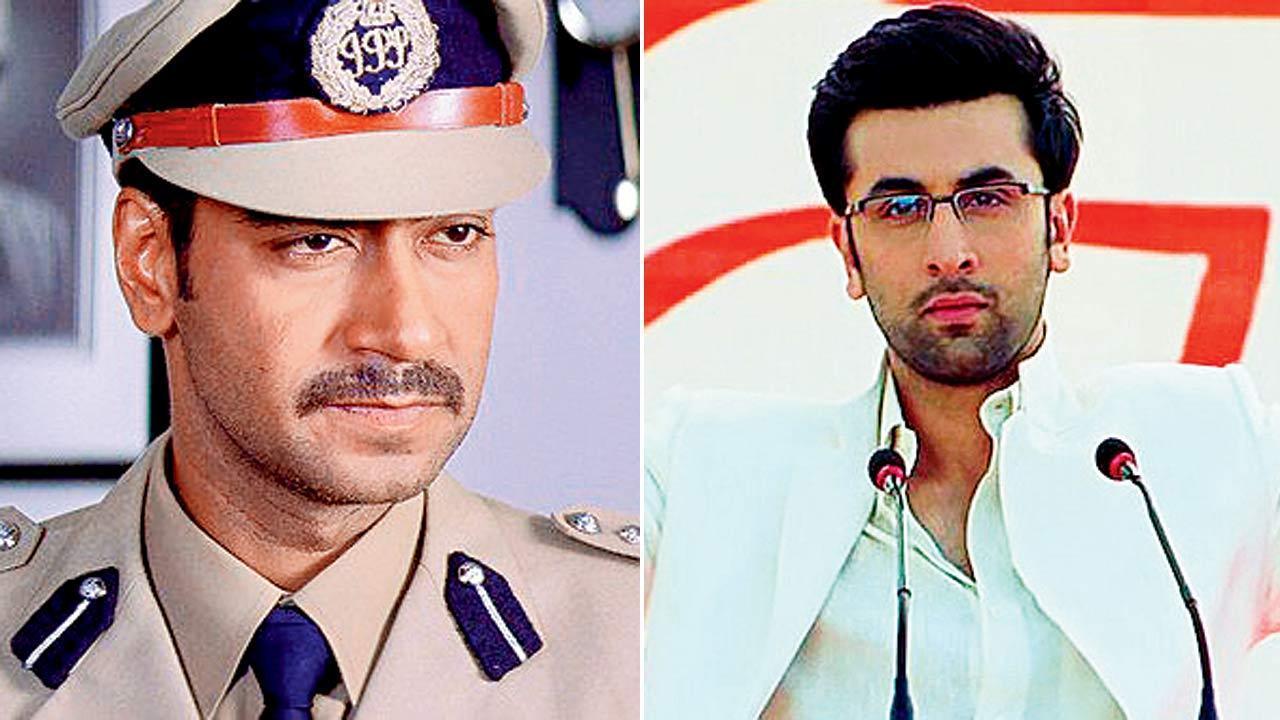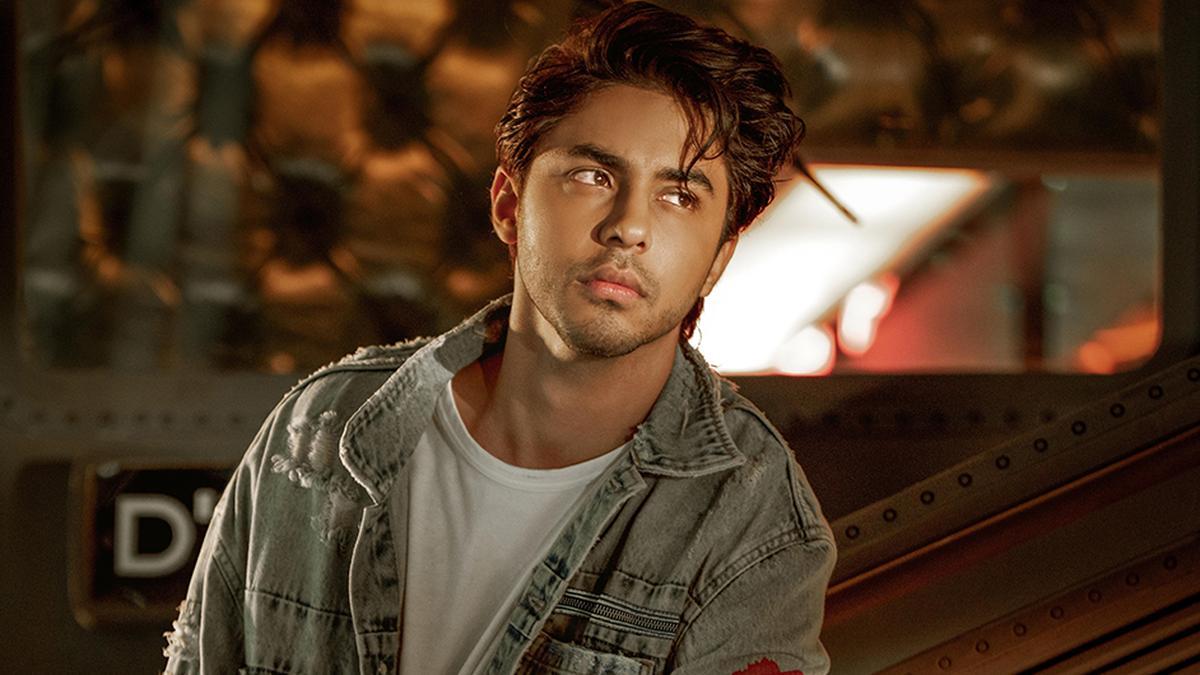
It’s like when Gretchen in Mean Girls, the iconic teen-flick parody, said, “That is so fetch!” and Regina, the queen bee of the film, promptly burst her bubble with a dismissive, “Gretchen, stop trying to make fetch happen! It’s not going to happen!” In the world of advertising, humour has long been the ‘fetch’ – a once-cherished element now struggling to make its comeback. Global award juries, akin to Regina, seemed resistant to its charm. But this year, Cannes Lions has decided to shake things up by introducing a humour category across disciplines, signalling a potential renaissance for laughter-led campaigns in advertising.
The recent decision to include a humour category stems from a broader observation in the industry: advertising isn’t as funny as it used to be. Reflecting back on the hilarious ads from a couple of decades ago – like the memorable Fevicol fishing rod commercial or Asian Paints’ ‘Naya Ghar…badhiya hai’ – it’s clear that comedic adverts once held a special place in the hearts and homes of viewers. Those ad campaigns didn’t just sell products; they lingered in the memory, bringing joy and laughter.
For those well-versed in advertising awards, trends are cyclical. Humour, though now seemingly passé, could see a resurgence. The decline can partly be attributed to the rise of ‘causevertising’, where social issues take centre stage. With global conflicts, political polarization, social upheavals, and the aftermath of a pandemic, the prevalent mood has been rather somber. This weighted global atmosphere naturally led to impactful, serious campaigns getting celebrated over humorous ones.
It’s undeniable that the world needs powerful and heart-wrenching campaigns like Bodyform’s ‘Womb Stories’ which beautifully captured the rollercoaster of emotions tied to womanhood, Nike’s ‘Dream Crazy’ which highlighted the brand’s role as a catalyst for change, or Calm’s ‘The Last Photo’, a poignant suicide prevention campaign. Even guerrilla campaigns like the ‘Unfiltered History Tour’ in the British Museum, which spotlighted stolen artefacts and earned India its first ‘Agency of the Year’ title at Cannes Lions, were rooted in deep social purpose.
However, as essential as these purpose-driven campaigns are, they seem to have overshadowed the value of humour. Not all brands committed to causevertising execute with sincerity, leading to potential accusations of ‘wokewashing’. An increasing tilt towards serious campaigns has rendered a blend of purpose and humour rare.
. But, as Andrew Robertson, CEO of BBDO Worldwide, remarked at last year’s Cannes Lions, there is a misguided belief that brand purpose necessitates a grave presentation. He emphasized that making the world a better place through branding doesn’t exclude making people laugh: “If brands are truly looking to make the world a better place, we could do a lot worse than make people laugh.”
Kenan Thompson of ‘Saturday Night Live’ supported this sentiment at the Cannes Lions 2024, stating, “Humour cuts through the noise. We live in a state of constant assault on our senses, but if something is funny, you’ll seek it out. It doesn’t mean we shy away from tough stuff; humour is one of the best ways to deal with rough things going on in the world.” Scottish comedian Daniel Sloss further elaborated that laughter, often mistaken as the opposite of sadness, is actually a reaction that can exist alongside it, making each laugh a tiny revolution in itself, especially in troubling times.
The pressing question becomes: why not award more funny ads? The establishment of a separate humour category provides a solution to a dilemma in jury rooms. Some jurors might feel unable to award humour-led work due to the dominance of serious, purpose-driven campaigns, while others might argue that humour-led works are over-awarded without a precise category fit. A separate category seems to offer a balanced resolution, ensuring that comedic brilliance receives fair recognition without being overshadowed.
For brands and creatives, this represents an opportunity – the holy trifecta of love, laughs, and roars, allowing the underutilized inventiveness of humour to shine. Despite concerns about the complexity of executing humour across multi-platforms, humour is arguably a versatile tool – a Swiss army knife that can cut through any platform. Campaigns like CeraVe’s with Michael Cera, Artotel Group’s ‘Rockstar Status’, and The Ordinary’s hilarious take on hyaluronic acid prove that humour can indeed lead cross-platform success.
Looking ahead, the new humour category could foster a multinational collaboration in advertising humour. Imagine blending the exaggerated, slapstick humour seen in Thailand’s Thai Life Insurance’s ‘Unsung Hero’ with South Africa’s politically satirical Nando’s ‘The Last Dictator Standing’. The evolving nature of humour across regions, especially in South Asia where public sarcasm is rare, presents exciting opportunities for growth in comedic advertising.
The future of humorous advertising is bright. The combination of global influences and regional adaptations promises to keep the industry dynamic and innovative. As we embrace these changes, the upcoming decade could be a period where humorous adverts once again make a significant mark on the global stage. So indeed, the time for laughs in advertising is not just coming back – it’s here, and that is so fetch.










